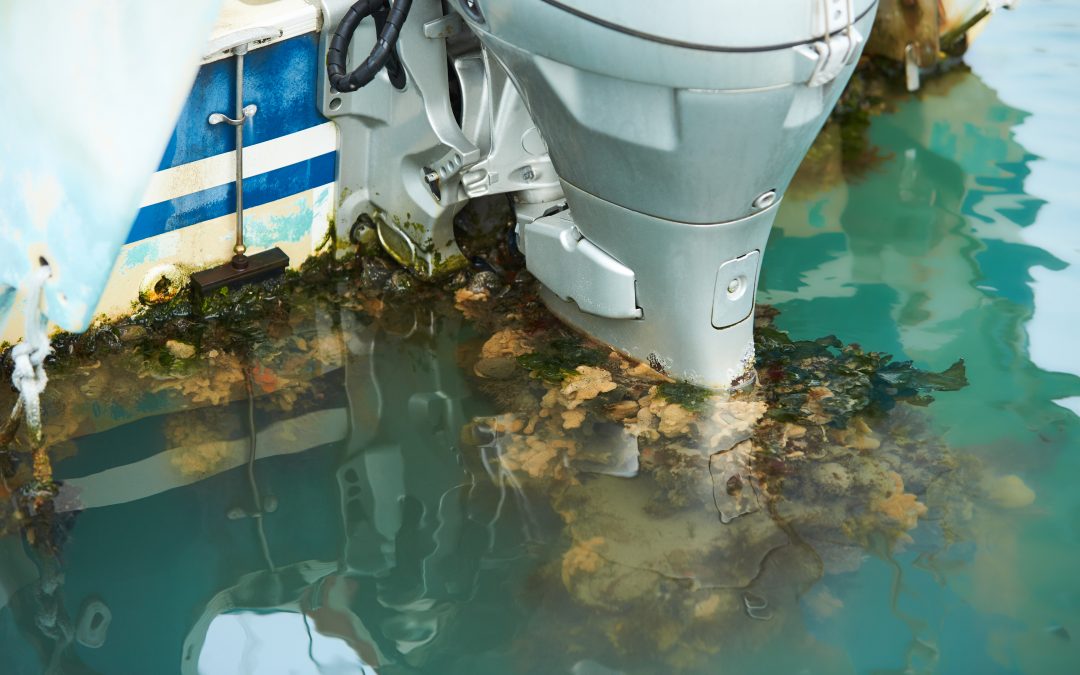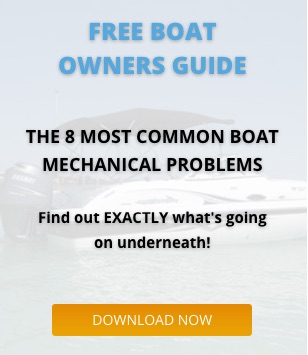Marine growth is unavoidable for anything that stays in the water, such as your boat. Any object left in the water is quickly coated by slimy algae and will eventually be colonised by larger organisms such as barnacles, mussels and seaweeds. How quickly and to what extent this happens depends on whether the object is stationary or moving and the water conditions; tidal strength, water temperature, salinity, quality of nutrients and amount of light.
Marine growth on the hull of your boat creates drag that slows down your boat, can reduce manoeuvrability and impacts fuel efficiency. If left untreated, the growth can spread to moving parts and openings and cause a myriad of trouble.
Antifouling is the solution to the problem. It is the protective layer on the hull of your boat that is designed to keep marine growth at bay. It is a chemical treatment applied to a hull to make the surface resistant or undesirable to aquatic organisms. While antifouling might not be as much fun as some other boat maintenance jobs, it is a vital part of your boat’s maintenance schedule.
On the Gold Coast, we live in subtropical conditions with warmer, nutrient-rich waters and the water flow in parts of our waterways can be restricted and slow. This means that in certain parts of our city, you might only get four months protection from your antifoul treatment. Then again, in other areas, the treatment lasts for 12 months or longer. Saying this, it is important to remember that there is a real and tangible difference between the different coatings your mechanic uses for antifouling and they do make a BIG difference. At Seatech, we use the appropriate coatings for fibreglass and alloy material and our customer notice difference and reap the benefits.
A good customer of ours approached us recently with his boat lacking power. We have looked after his boat for years and had serviced his boat, including antifouling, in December last year. At the end of the service, our team tested the boat on water and it went well reaching 30 knots with ease. The customer came back to us in the end of January as he could only get 18 knots out of his boat. There was nothing wrong with the boat mechanically, but during the 7-8 weeks since the service, as a result of keeping the boat in shallow waters, removing the prop speed off the props and some antifouling off the keel (a clean securing area for marine growth), so much marine growth had taken over the hull that the boat’s power and speed had dropped this significantly.
But what else can you do besides the regular antifouling? You can do the best thing ever and take your boat out more often! Antifoul works by shedding fine microns that the marine growth clings too, the friction drags it off. You can also consider taking your boat out of the water if it will not be used for extended periods of time.
If your boat needs an antifoul treatment, get in touch with us today, and your boat will be back to its usual power and speed in no time!




Great article guys, One small question for one small boat. I have polyethylene hulls on my little pontoon boat. Its mostly drydocked but sometimes we keep it in the water at out canal for a week or two when we are using it regularly. We recently pulled her out to do some maintenance and were horrified at the amount of growth on the hulls. Whilst most scraped off ok we were wondering if there’s an antifouling product that suits these Dynaplas hulls
Hi Thor you can use most antifoul on poly hulls but the trick is sanding the hull first then apply a good marine primer on a nice and hot day